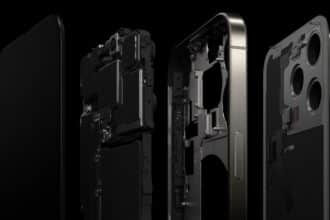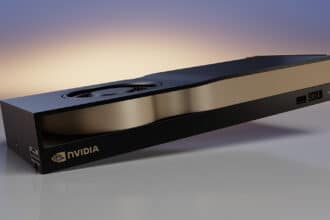The presence of a 12VHPWR connection in NVIDIA’s RTX 4090 has generated some controversy. The majority of reputable AIBs initially only provide a maximum life-span of 30 connects/disconnects. Additionally, there have been a few instances where consumers have seen burned RTX 4090 adaptors. This power adapter will not be used by AMD’s Navi31 reference GPUs, according to a tweet from Kyle Bennett today.
Recently, two instances of NVIDIA’s GeForce RTX 4090 graphics cards catching fire have been recorded, and the 16-pin connection has so far been identified as the primary suspect. The problem may be caused by a number of variables, but most experts agree that the bends in the cables are what overheat the connection plugs. This is additional proof that AMD would follow the more traditional path and use typical 8-pin connections, as had previously been reported. Additionally, we confirmed with a few AIBs that AMD would not be included 16-pin ports on their cards.
Additionally, a recent PCB leak revealed that AIBs were employing as many as three 8-pin connections for their unique Radeon RX 7000 designs. This solidifies the RDNA 3 lineup’s preference for regular 8-pin connections over 16-pin ones even further. With the RDNA 3 “Radeon RX 7000” GPU family, AMD has previously said that its power numbers would be far lower than those of the competitors. The power consumption will still be a little greater than that of the RDNA 2 GPUs in use today, however.
AMD revealed that their RDNA 3 GPUs, which feature a significant performance boost, would be released later this year. According to the company’s Senior Vice President of Engineering for Radeon Technologies Group, David Wang, the new GPUs for the Radeon RX 7000 series will provide over a 50% increase in performance per watt over the RDNA 2 GPUs now in use.
On November 3rd, AMD will introduce the Radeon RX 7000 graphics cards and its RDNA 3 GPU architecture. We will keep you updated as soon as we receive the official details





